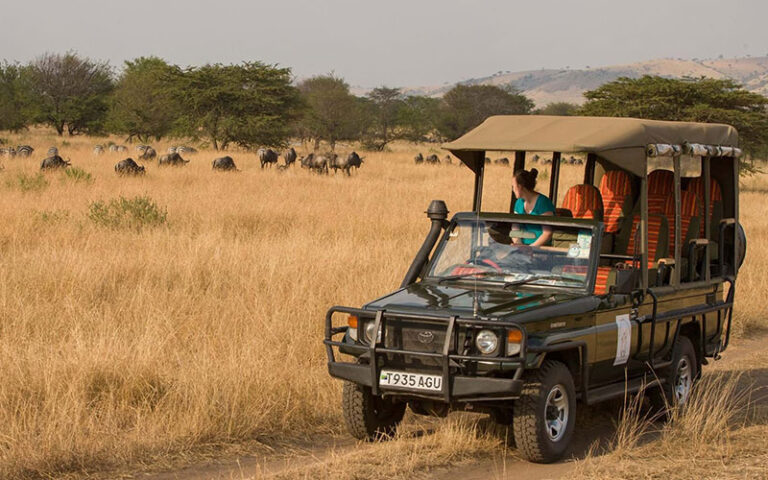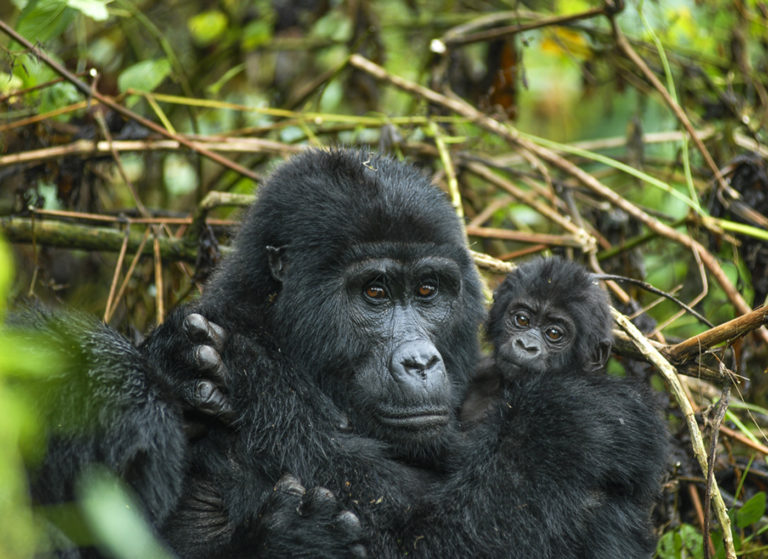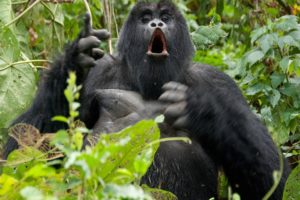- Overview
- Activities
- Accessibility
In Uganda Queen Elizabeth National Park is basically known for the big four animals that is the Elephants, Lions, Buffaloes and the Leopards
Queen Elizabeth NP covers 2.056 kms of land. It is located in South of the Rwenzori Mountains, bordering Congo and including two lakes, George and Edward that are connected by the famous Kazinga Channel which supports the experiential boat cruise. It is an ecosystem made of wetland and open savannah areas, on an altitude of 910m at Lake Edward.
A World bio-sphere reserve with a RAMSAR wetland site, the park is situated astride the equator and located in south western Uganda lying on the base of the rift valley between Lakes George and Edward.
Queen Elizabeth park borders Democratic Republic of Congo on its western side.
It is sometimes referred to as the pearl of Africa. In Uganda Queen Elizabeth National Park is basically known for the big four animals that is the Elephants, Lions, Buffaloes and the Leopards. It is also classified as an Important Birding Area (IBA) by Birdlife International.
Activites in Elizabeth National park
The famous launch trip along Kazinga Channel for a wonderful wildlife safari experience: expect to see hippos, crocodiles, buffaloes, elephants, bushbucks, warthog and many water birds species. Game drives in Kasenyi Plans (Northern Sector) and in Ishasha (Southern Ishasha sector, searching for the typical lions climbing the fig’s trees). “Chimpanzee tracking in Kyambura Gorge and bird watching in Maramagambo Forest.
Accessibility To Queen Elizabeth National Park.
This park can be accessed most easily from Kampala. The tarmac road from Kampala via Mbarara town-Bushenyi leads to the par centre passing a mere 22 km from Mweya Peninsular, the main tourism hub .Approaching the park from the south via Mbarara covers a distance of 420 km while the north through Fort Portal covers a total of 410 km. En-route to the famed park, visitors have the opportunity to enjoy short detours to Lake Mburo National Park, Kibale renowned for chimpanzee tracking. The park can also be accessed from the south from Bwindi Impenetrable National Park.












